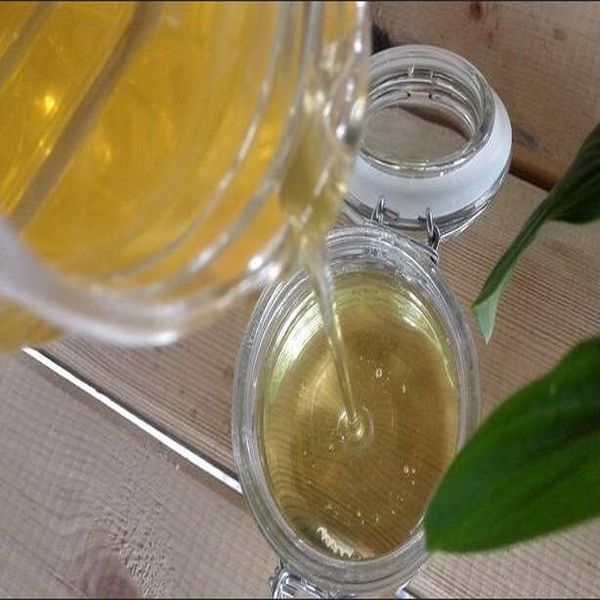Butachlor is an amide systemic conductive selective pre-emergent herbicide, also known as glufosinate, marshalt, and herbicide. The pure product is a light yellow oily liquid with a slightly aromatic flavor. It is difficult to dissolve in water and soluble in many organic solvents. It is stable under normal temperature, neutral and weak alkaline conditions. Strong acid will accelerate its decomposition and can be degraded in soil. Low toxicity to humans and animals, irritating to skin and eyes, and highly toxic to fish. It is mainly absorbed by weed shoots, followed by roots. After the plant absorbs butachlor, it inhibits and destroys proteases in the body, affects the formation of proteins, and inhibits the normal growth and development of weed shoots and roots, thereby killing the weeds. It is effective against weeds before germination and before the 2-leaf stage. It is suitable for controlling barnyard grass, sedges, crushed rice sedges, Qianjin, Niu King grass and other 1-year-old grasses. It can also be used to control barley, wheat, hard grass, wheatgrass, rhododendron, artemisia, cusp flower, fireflies, stalk, and other weeds. There is no obvious control effect for perennial weeds. When used on clay loam and soil with high organic matter content, the agent can be absorbed by the soil colloid, not easy to be leached, and the shelf life can be up to 1-2 months.
After application, only a small amount of butachlor can be absorbed by rice seedlings, and quickly and completely catabolized in the body, so rice seedlings have strong resistance. However, when the amount of the medicine is too large, it will cause damage to the rice seedlings , and the symptoms such as growth inhibition and root enlargement will appear, and serious cases will lead to dead seedlings. In transplanted rice fields and direct seeding rice fields, the amount of pure medicine per acre cannot exceed 90 grams, otherwise it will cause damage to rice seedlings.
Precautions:
(1) After applying pesticides and sowing in seedling fields and direct seeding fields, avoid flooding the fields.
(2) The control effect on weeds before excavation is good, and the control effect on big grasses is poor. Try to apply the pesticide before sowing and planting.
(3) After using the medicine, the water layer should not overwhelm the heart leaves of the seedlings. In case of heavy rain, it should be drained in time. Otherwise it is easy to produce phytotoxicity.
(4) Butachlor is highly toxic to fish and cannot be used in fish farming paddy fields, and do not pour residual medicine or spray spray water into lakes, rivers or ponds.
(5) The use of butachlor is effective when the soil has a certain temperature. The dry field should be watered or sprayed before application to improve the efficacy.
(6) The sowing period of melon and solanaceous vegetables has certain phytotoxicity when using this product, and it should be used with caution.
(7) Butachlor mainly kills monocotyledonous weeds and is ineffective or has little effect on most broad-leaved weeds. For plots with a large number of broad-leaved weeds in vegetable fields, we can consider the use of herbicides such as clopiolin and diclofenac.
(8) The spraying should strive to be uniform, to prevent the local damage caused by excessive application of drugs, or the phenomenon of spray leakage.
Post time: Jul-15-2020
